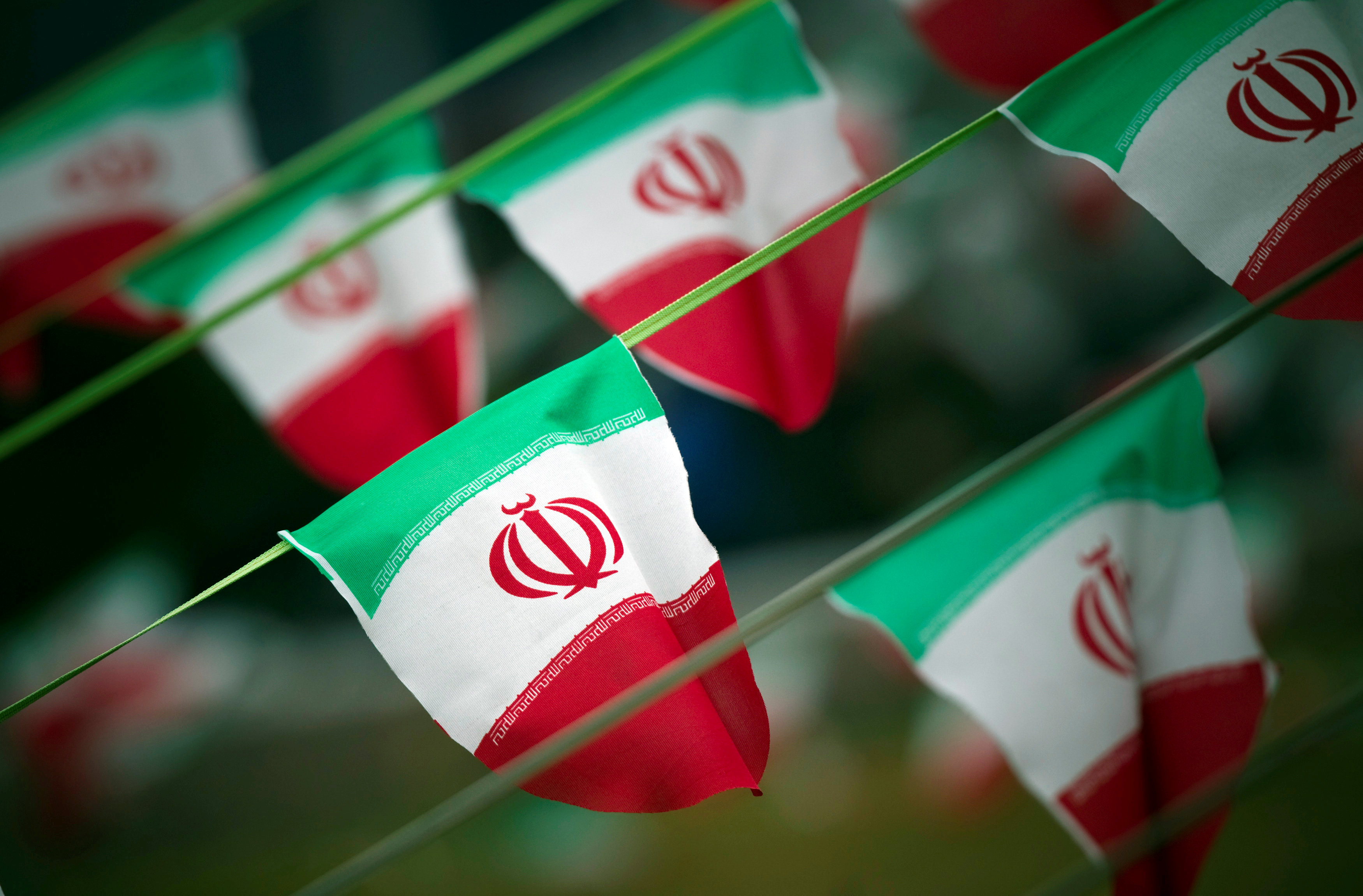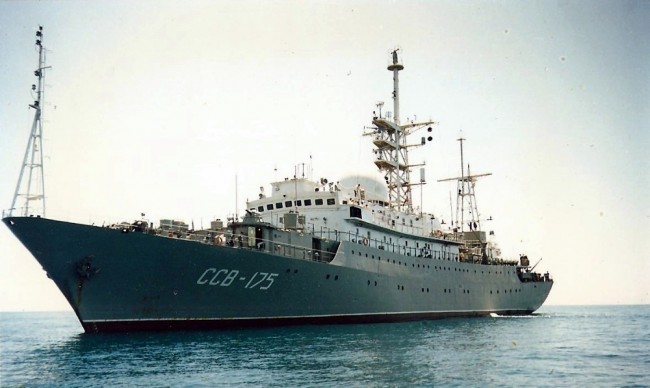
This post is part of a series of review stories looking back at the top naval news from 2019.
The U.S. Navy pushed its interoperability with foreign allies and partner nations in 2019 to counter increased naval activity by Russia and China.
China and Russia, though, did not sit still during the year. Each nation’s navy took great strides in attempting to bolster their fleets. The work to increase capabilities, though, was not smooth, as Russia’s and China’s military planners faced technical challenges and developed new strategies.
The following incidents represent some of the many successes and failures experienced by international naval partners and rivals.
Allied Joint Operations
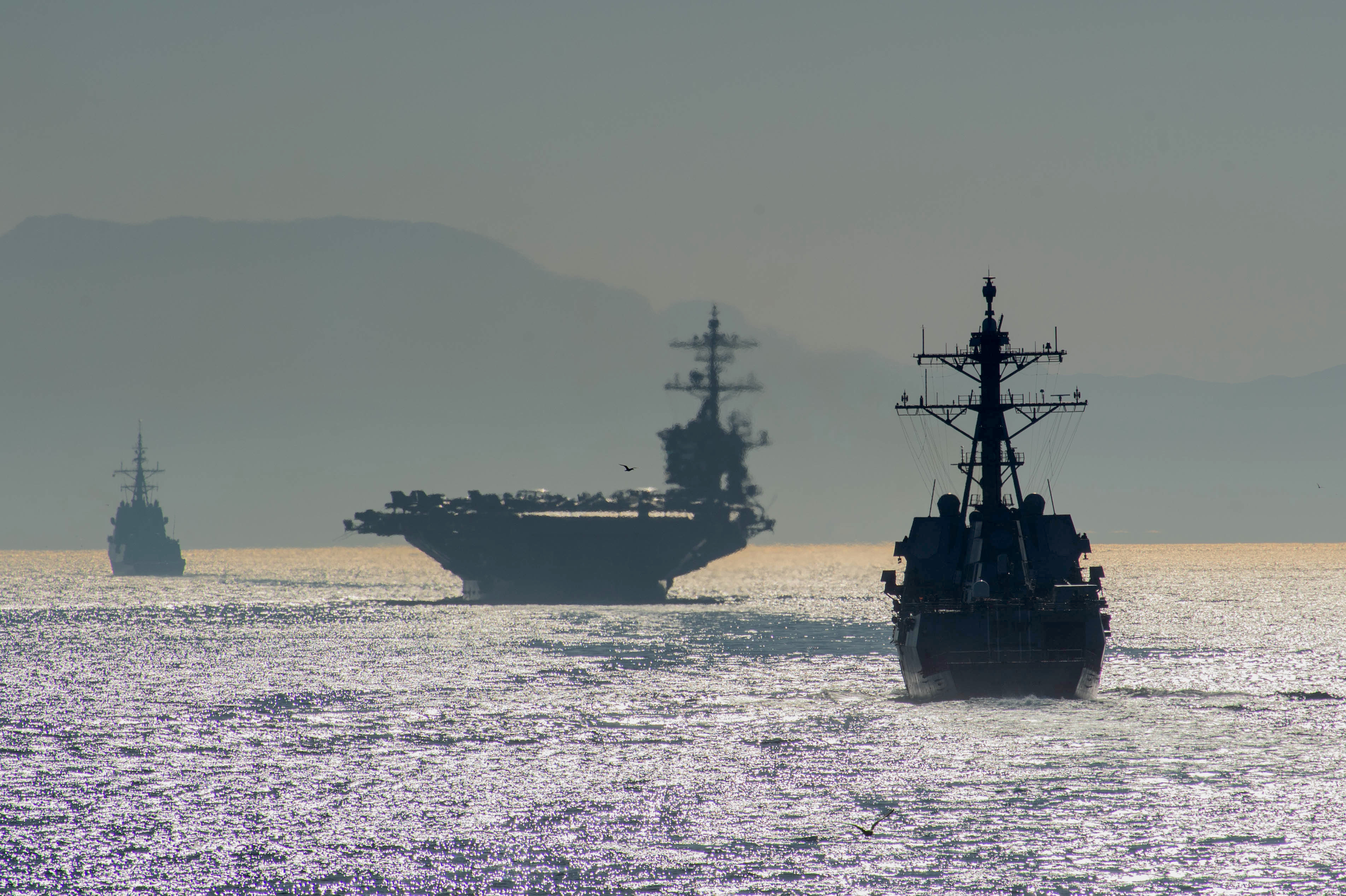
This fall, the United Kingdom’s HMS Queen Elizabeth sailed from its homeport of Portsmouth, England, for a second work-up deployment off the U.S. Atlantic Coast. During this trip to the United States, Queen Elizabeth for the first time operated British F-35B fighters.
Queen Elizabeth conducted a series of exercises with U.S. Navy and Marine Corps forces as part of its preparations for an expected 2021 deployment. When Queen Elizabeth deploys, it will carry an air wing that includes a mix of Royal Navy F-35B fighters and American F-35Bs from the “Wake Island Avengers” of Marine Fighter Attack Squadron (VMFA) 211.
Meanwhile, the Royal Navy’s second aircraft carrier, the future Prince of Wales, spun its shafts for the first time at its builder’s yard in Rosyth and conducted sea trials in September. The ship is now based at Portsmouth.
A Spanish frigate joined the Lincoln Carrier Strike Group on an around-the-world deployment this year. USS Abraham Lincoln (CVN-72) departed Norfolk in April for the start of a deployment that would end with a homeport change to San Diego. While steaming into the Mediterranean, the Spanish frigate ESPS Méndez Núñez (F-104) joined the Lincoln CSG, as part of its own plans to circumnavigate the globe in recognition of the 500th anniversary of Magellan’s 1519 trip around the world.
The Spanish F-100 series frigates are equipped with the Aegis Combat System and use SPY-1D radar. Méndez Núñez supports a Spanish version of the Sikorsky SH-60B Seahawk. The helicopter is a vital part of the anti-submarine mission by dropping sonobuoys into the water, and of the surface warfare mission by firing either Penguin or Hellfire missiles, USNI News learned during a tour of the ship.
Méndez Núñez‘s deployment with the Lincoln CSG was also used by the frigate’s builder, Spanish state-owned Navantia, to showcase how well its F-100 series design works alongside American warships. In the U.S. Navy’s competition to build its proposed future frigate, General Dynamics Bath Iron Works is working Navantia to develop an FFG(X) bid based on the F-100 design.
In May, Méndez Núñez briefly dropped out of the Lincoln CSG when the group conducted an “expedited transit” through the Suez Canal and the Red Sea to counter maritime threats posed by Iran. At the time, Spanish officials said this operation was outside the original agreement between the two nations for Méndez Núñez to accompany the Lincoln CSG.
Russia
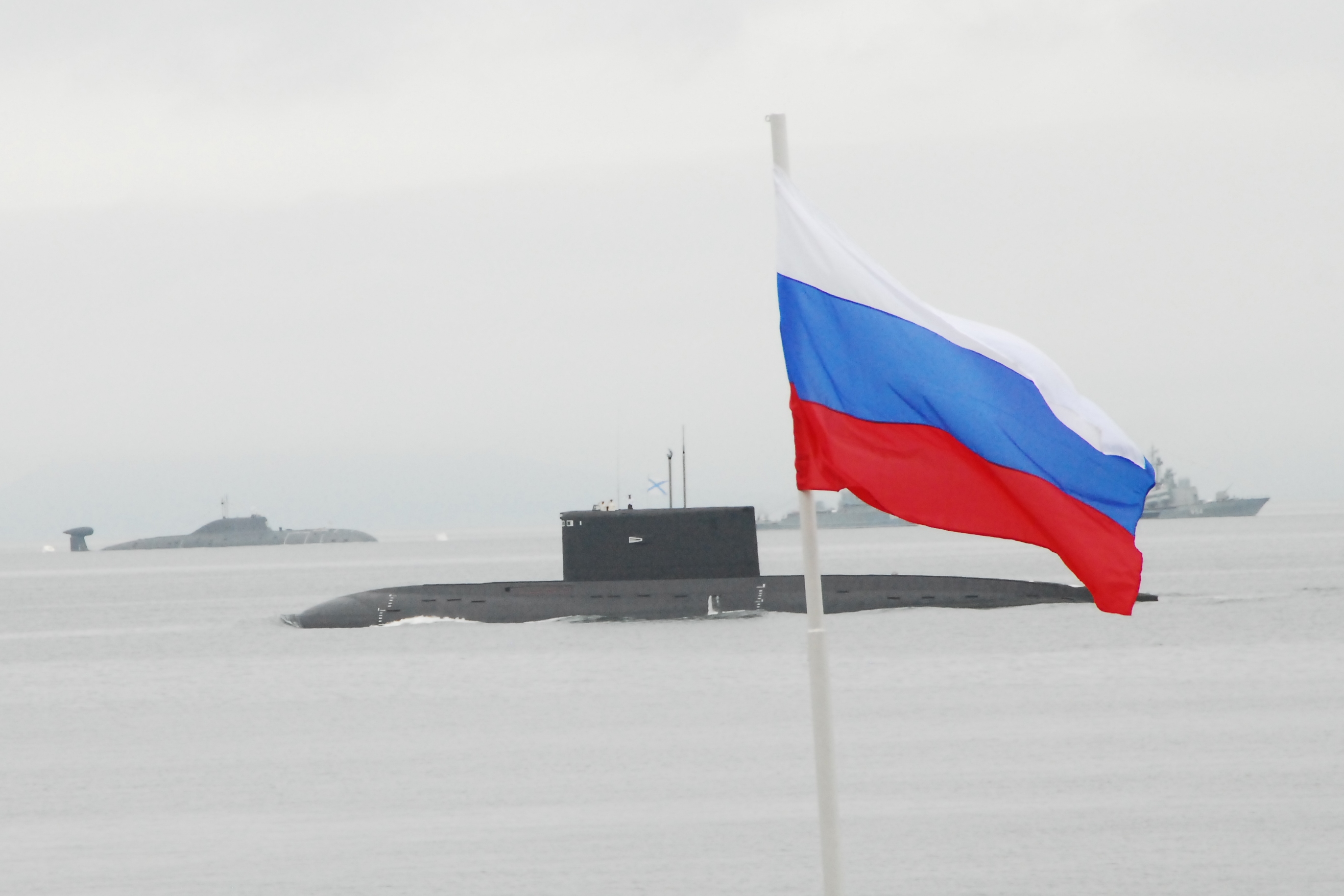
The Russian Navy has increased its surface and submarine operations the Atlantic and Arctic oceans and in the Baltic, Black and Mediterranean seas, Adm. James Foggo, the head of U.S. Naval Forces Europe, told USNI News during an October interview.
With the increased Russian naval activity, there have been more chances for Russian and U.S. Navy vessels to cross paths. Sometimes the interactions have not gone smoothly.
In December, the Russian surveillance ship Viktor Leonov was spotted operating unsafely off the Georgia and South Carolina coast, according to a U.S. Coast Guard safety bulletin. Viktor Leonov’s operations were in the vicinity of several U.S. naval bases.
Sending spy ships to monitor U.S. naval bases is nothing new for the Russian Navy. In the past, ships, including Viktor Leonov, have monitored Naval Station Norfolk, Va., Naval Station Mayport, Fla., and the nuclear facility at Naval Submarine Base Kings Bay, Ga.
At the same time, as USS Ross (DDG-71) entered the Black Sea – on Russia’s doorstep – the Arleigh Burke-class guided-missile destroyer reported being tailed by a Russian corvette believed to be Vyshny Volochyok, according to media accounts, including an account in Russian-state media outlet RT Sputnik.
In June, while USS Chancellorsville (CG-62) attempted to recover a helicopter during operations in the Philippine Sea, a Russian Udaloy-class destroyer accelerated and closed to an unsafe distance, according to the Navy. At one point, the Russian ship came between 50 and 100 feet of Chancellorsville, operating in what U.S. Navy officials called an “unsafe action.” Chancellorsville was able to avoid a collision.
In June, a Navy P-8A Poseidon was operating in international airspace over the Mediterranean when a Russian Sukhoi Su-35 intercepted the U.S. maritime patrol and reconnaissance aircraft plane three times. While the first and third interactions were determined to be in line with international rules, the second was called out by U.S. 6th Fleet.
The second interaction, according to the Navy, was determined to be unsafe due to the Su-35 conducting a high-speed pass directly in front of P-8, putting the U.S. aircrew at risk.
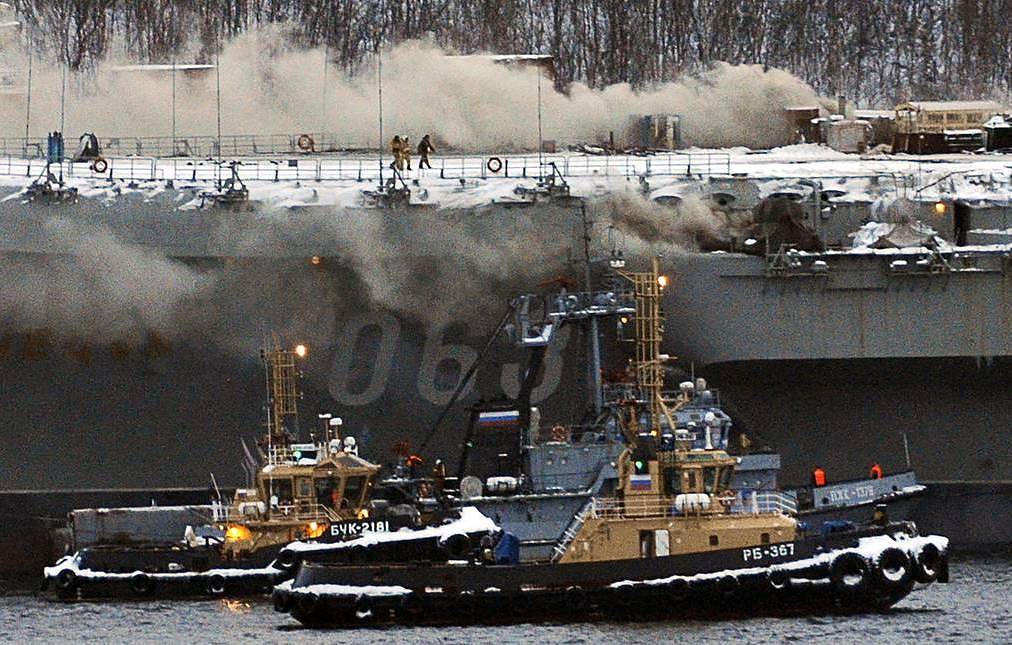
Throughout 2019, the Russian Navy also suffered a series of setbacks, including a few very public, if not openly talked about, disasters.
In August, a presumably experimental missile engine exploded at a secretive Arctic Russian naval base outside Arkhangelsk.
Russia was testing what most experts believe is a nuclear-powered cruise missile engine, which exploded on Aug. 8 at a testing facility in the Arkhangelsk region, home to a substantial portion of Russia’s Joint Strategic Command North.
Russia and the U.S. have both engaged in what experts say is a missile renaissance. The disastrous Russian missile engine test occurred shortly after the U.S. announced its withdrawal from the Intermediate-Range Nuclear Forces Treaty. U.S. military forces almost immediately started conducting short- and medium-range ground-based missile testing that was previously banned by the treaty.
In July, Russian submarine Losharik (A-12) was lost. Losharik was among the most classified of the specialized GUGI boats operating from the remote Arctic Olenya Guba base on the Kola Peninsula, near the borders of Finland and Norway.
In December, Admiral Kuznetsov, Russia’s only aircraft carrier, caught fire while it was in a repair period following malfunctions at sea in 2017 and then a 2018 shipyard accident in which the dry dock sank. Images of the smoldering vessel appeared in news outlets around the globe.
Russian officials offered few details about any of these high-profile and deadly incidents.
China

In July, China issued its National Defense in the New Era, a rebuttal to the U.S. National Defense Strategy. The Chinese policy paper acknowledges that China and the U.S. are competing superpowers, but it argues the U.S. is a threat to a Beijing-brokered regional security.
U.S. arms sales to Taiwan, the deployment of the Terminal High Altitude Area Defense (THAAD) ballistic missile defense system to the Republic of Korea, a strong alliance with Australia, U.S. military spending and the continued U.S. Navy and Coast Guard freedom of navigation operations in the region are all cited as examples in the Chinese report of threatening U.S. behavior.
What China experts say sets this policy paper apart from past reports issued by leadership in Beijing is that, this time, the Chinese paper addresses the major themes of the U.S. National Defense Strategy and other U.S. policy reports.
Still, throughout the year Chinese forces regularly engaged in the type of activities cited by such U.S. policy papers as being reasons for concern.
In June, Canadian Halifax-class frigate HMCS Regina (FFH 334) and Naval Replenishment Unit Asterix passed through the Taiwan Strait; a pair of Chinese fighters buzzed the ships. Two Chinese Su-30 fighters flew less than 100 feet above the water, coming within 1,000 feet of the ships.
The incident occurred after the Canadian ships completed a port visit to Vietnam and were heading to participate in an initiative aimed at countering efforts by North Korea to evade international sanctions, according to several media accounts and the Canadian Department of National Defense.
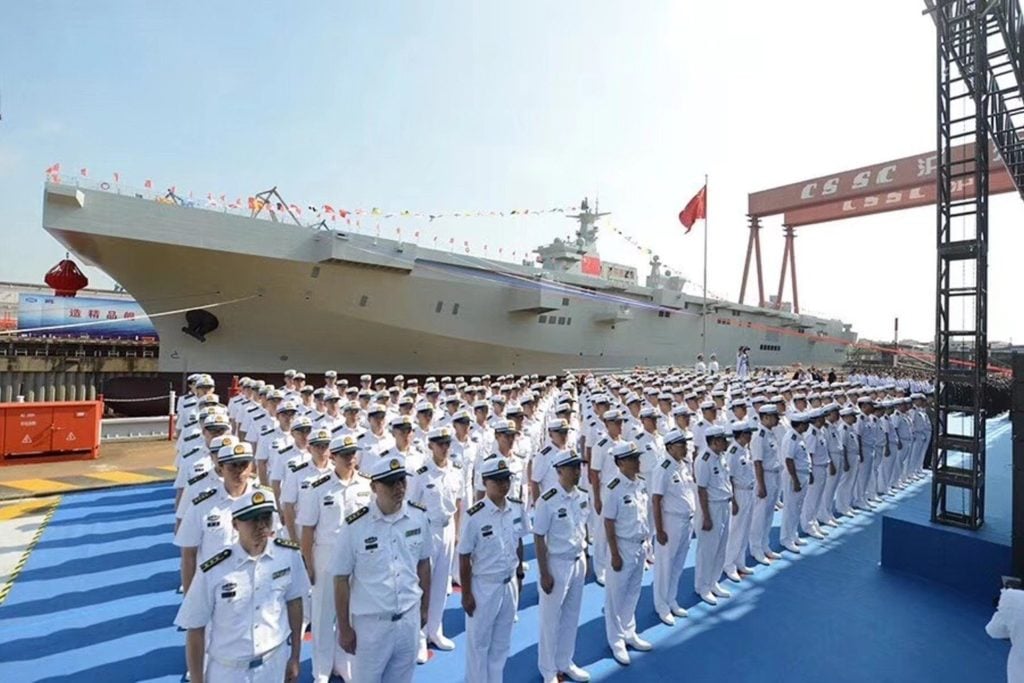
In September, China launched its first amphibious assault ship, a Landing Helicopter Dock known as Type 075, in Shanghai.
The new class of ship is a domestically designed and constructed amphib, with a reported aim of increasing China’s vertical amphibious assault capability. When operational, Type 075 will carry up to 28 helicopters. The new Type 075 is smaller than an American amphibious assault ship such as the America class, but it is larger than the Juan Carlos I LHD design operated by Spain and Australia.
However, Pentagon officials do not believe China currently can mount a large-scale beach assault across the Taiwan Strait.
China’s recent spate of military exercises and the People’s Liberation Army Navy’s focus on building large aircraft carriers, escort cruisers and amphibious transport dock (LPD) ships suggest the military, for now, is geared toward blue water naval operations and smaller expeditionary missions, according to a DoD report released in May.
Iran
What minimal relations that exist between the U.S. and Iran have not been good for 40 years now. However, this past spring marked a low point for these two adversaries.
In April, President Donald Trump designated the Islamic Revolutionary Guard Corps a Foreign Terrorist Organization. A month later, in May, the Trump Administration ended a U.S. sanctions exception for any country purchasing Iranian oil. The intent was to drive Iran’s oil exports to zero, according to a December Congressional Research Service report.
What followed has been a tit-for-tat tanker skirmish between Iranian forces and the United Kingdom and an attack by Iranian or Iranian-backed on regional oil refinery operations in Saudi Arabia.
The IRGC tried seizing the tanker British Heritage in the Strait of Hormuz. The attempt failed after a Royal Navy escort, Type 23 frigate HMS Montrose, reportedly trained its 30mm gun on the three Iranian boats attempting to seize the tanker.
Experts and government officials believe the attempted tanker seizure was retaliation for the British seizure of an Iranian tanker suspected of transporting oil to Syria, in violation of European Union sanctions.
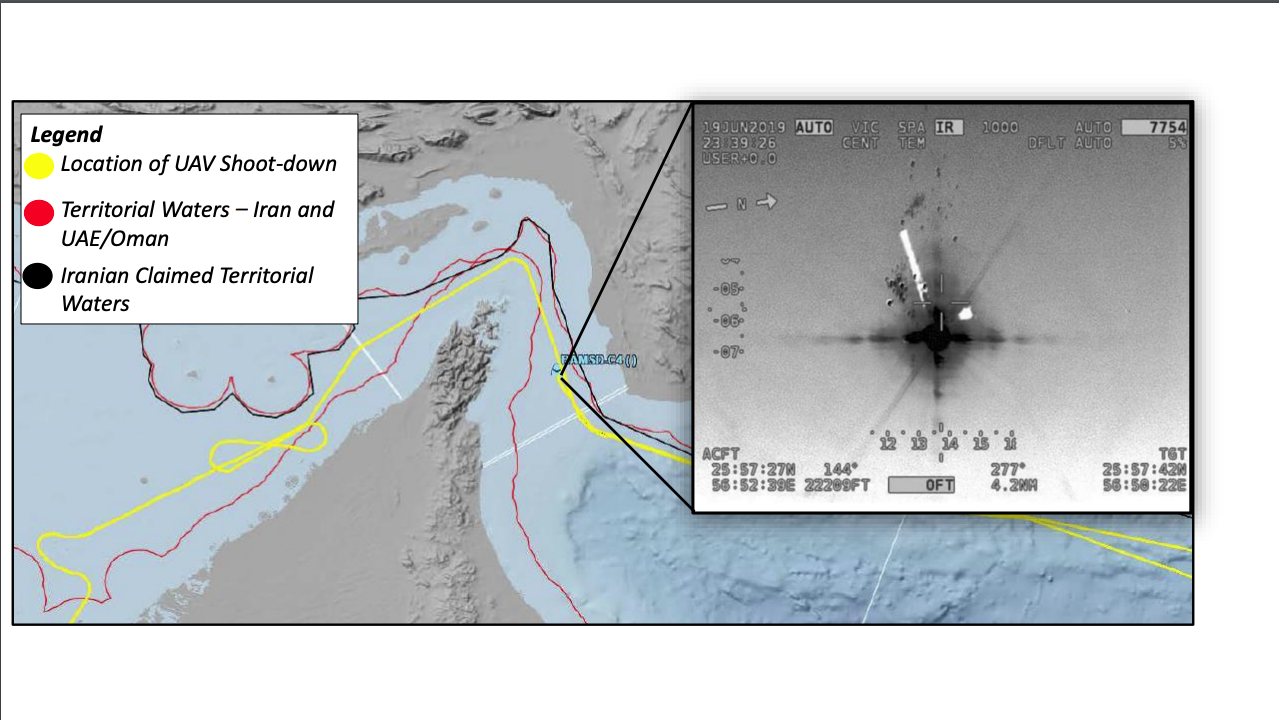
In June, Iran shot down a U.S. Navy high-altitude surveillance unmanned aerial vehicle. The IRGC announced it had downed a Navy derivative of the RQ-4A Global Hawk by shooting a surface-to-air missile in the vicinity of the Strait of Hormuz.
“Iranian reports that the aircraft was over Iran are false. This was an unprovoked attack on a U.S. surveillance asset in international airspace,” U.S. Central Command spokesman Capt. Bill Urban said in a statement released after the shooting incident.

